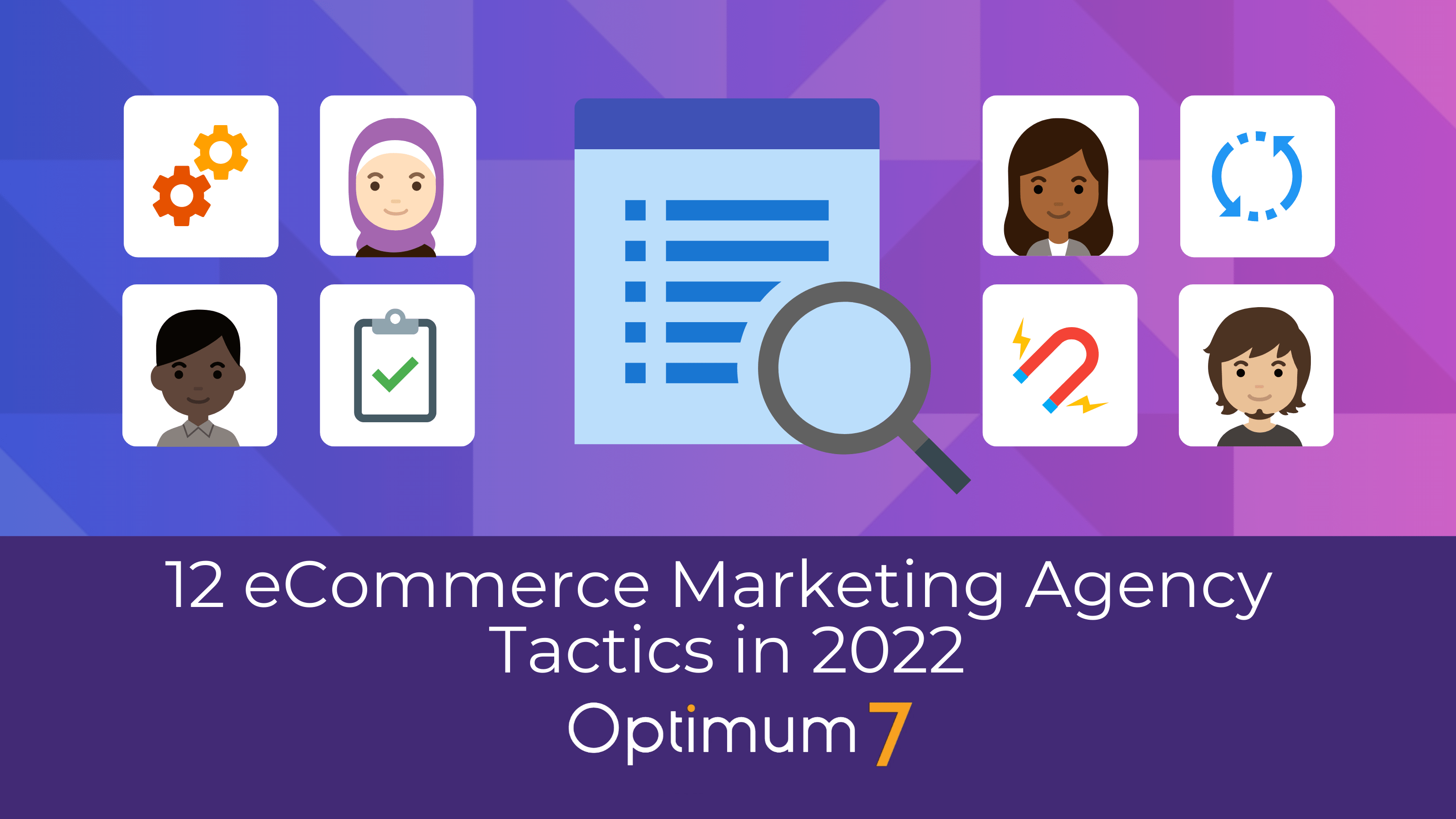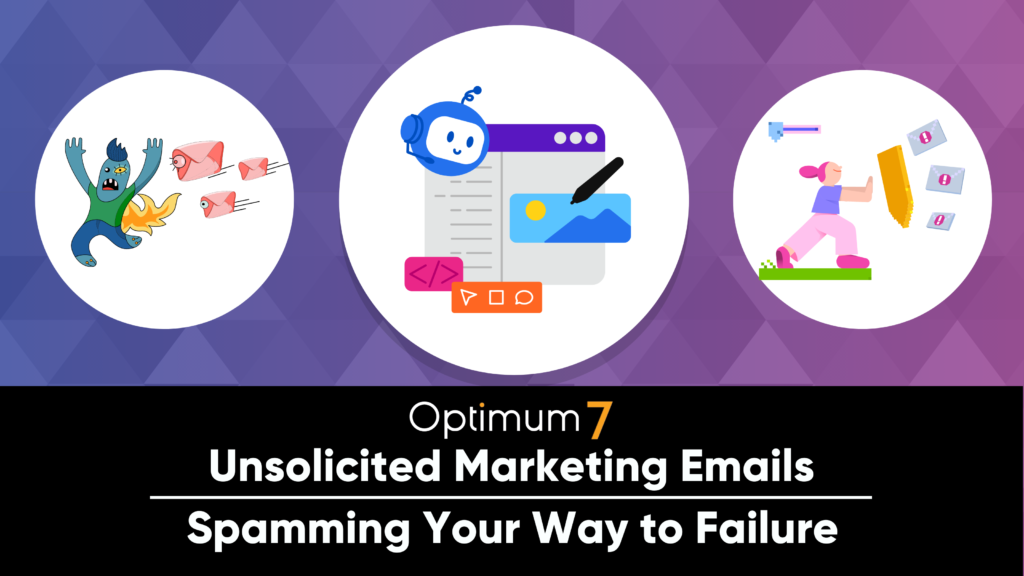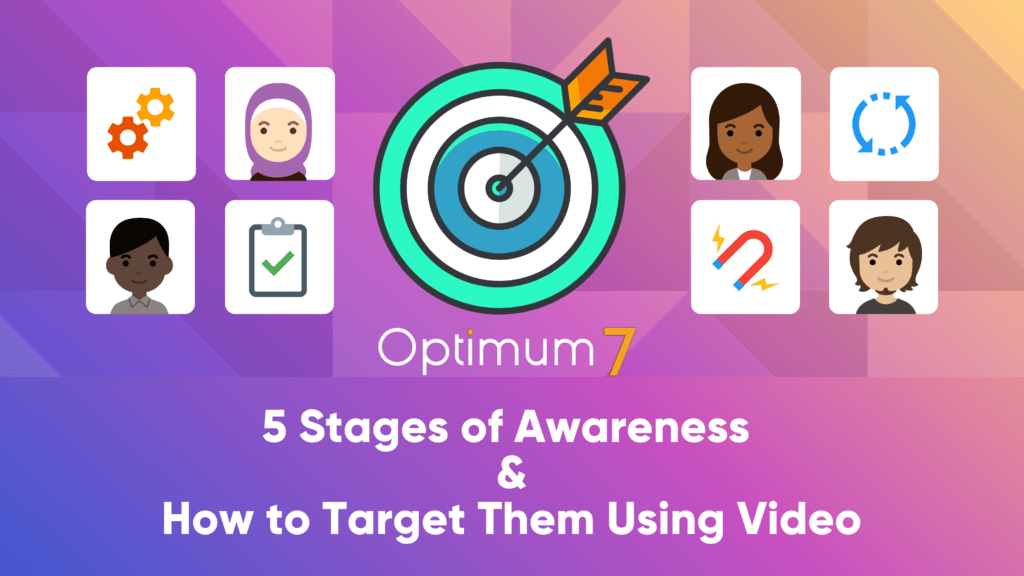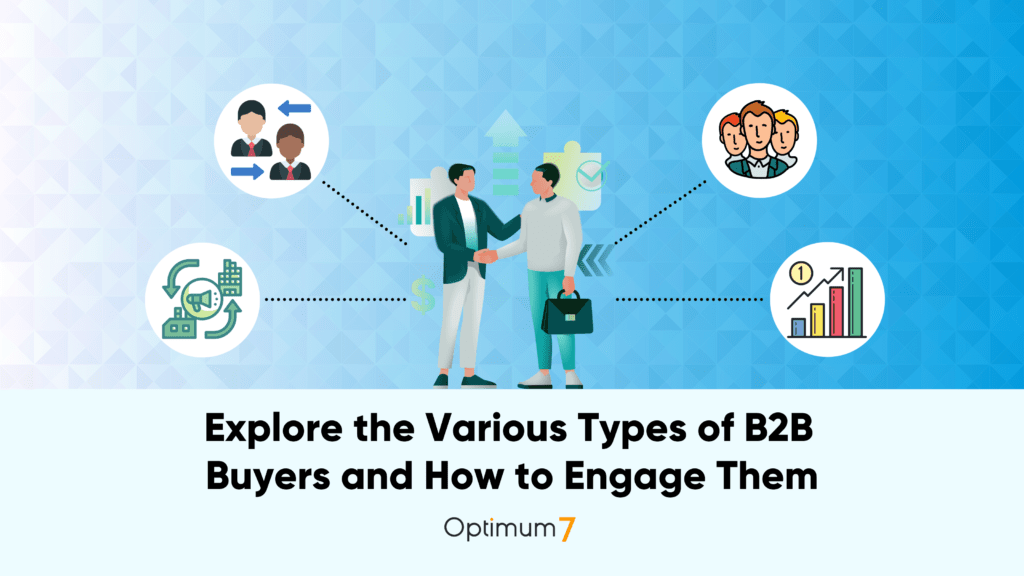With the year coming to a close, it’s time to look forward and assess your eCommerce marketing strategy for 2022. So where do you begin?
It all starts with following the trends. You need to realize that the eCommerce marketing tactics you used last year or the previous year might be a bit outdated now. Or maybe you need to adjust your successful campaigns to address new algorithms, eCommerce platforms, and consumer needs.
eCommerce sales in the US are projected to exceed $1 trillion in 2022. Double-digit growth is also expected to continue as well, as experts predict a 19% growth rate from 2022 to 2023. This yearly growth rate is projected to surpass 23% by 2025, as US eCommerce sales pass the $1.6 trillion threshold.
Why is this so important?
The eCommerce space is highly saturated. You’re competing with thousands of other eCommerce sites worldwide for the same customers—not to mention global giants like Amazon.
To separate yourself from the crowd and ensure you get your fair share of this trillion-dollar industry, you need to prioritize your marketing strategy in 2022. This guide will teach you how.
Top eCommerce Marketing Tactics
I’ve identified my favorite eCommerce marketing agency tactics for the new year. These 12 strategies come directly from extensive research and real campaigns used by my clients. I want to share these tips with you, so you can replicate the success on your own eCommerce site.
Let’s dive in!
1. SEO and Content Marketing
Search engine optimization (SEO) continues to be a driving force behind eCommerce marketing success year after year. This needs to be part of your content marketing strategy.
I love SEO and content marketing because it’s so affordable, and the results are tremendous. Unlike ads that only produce results when you’re spending money, creating original content to increase your SEO value creates long-term benefits for your eCommerce site.
When people want to buy something online, you can’t expect them to navigate straight to your website—especially if those people don’t know your brand exists. But a whopping 43% of all eCommerce traffic begins with a search on Google.
Beyond organic traffic, prioritizing content marketing leads to a long list of benefits. Just look at these results taken from a recent survey of B2C eCommerce marketers:
Success with SEO and content marketing all starts with effective keyword research. You need to identify the search terms that current and prospective customers will be searching for when they’re researching your products or have buying intent.
Then you can weave those keywords into blog posts, product descriptions, landing pages, return policies, FAQs, and essentially every other page of your website.
2. Google Adwords and Google Shopping
As mentioned above, lots of eCommerce purchases begin with Google. So in addition to optimizing your site for organic search, you should also consider running PPC campaigns with Google Adwords.
Paid ads can get eyes on your website directly in the SERPs and display ads on other relevant websites within the Adwords network.
According to a recent study, 90% of consumers say that ads have influenced their eCommerce purchase decisions. Users who click on an ad are 50% more likely to buy. These advertisements also increase brand awareness by up to 80%.
The great part about using Adwords is the fact that you have full control over your budget. This holds true for search ads and network ads alike.
In addition to Adwords, you should also be taking advantage of Google Shopping (formerly Google Product Search and Google Products).
It’s free to get your products featured in Google’s “Shopping” tab. But you’ll need to pay if you want those products featured at the top of the SERPs.
As you can see from the example above, products for this particular search make it easy for customers to find what they’re looking for. They can quickly compare products directly from a Google search without navigating to the shopping tab.
To get started with Google Shopping, you need to create a Google Merchant Account.
Then it’s just a matter of inputting your product data, linking your Adwords account, and bidding for different Shopping campaigns.
3. Facebook Marketing For Top, Middle, and Bottom Funnel
Facebook is another excellent marketing tool for eCommerce sites. It’s great for those of you who want to use a mix of both free and paid campaigns.
I love Facebook because this social site makes it easy for you to target users at every stage of the marketing funnel.
Getting people to see your social media presence on both Facebook and Instagram would be considered a ToFu strategy. You’re just making those people aware of your existence and what your eCommerce site offers.
You can accomplish this by posting on a regular basis, finding ways to attract new followers, and engaging with your audience.
Middle-funnel strategies are a bit more in-depth. You might share a product demonstration or run a live stream to showcase how your products work.
As you move toward BoFu strategies, you’ll want to target users with buying intent.
You can achieve this through organic posts and Facebook ads alike. The great part about Facebook ads is the fact that you can run different campaigns on Facebook and Instagram too. This is perfect for retargeting campaigns, as you’re hitting prospective customers through multiple touchpoints.
For example, something like a limited-time flash sale for Facebook followers could work really well in the B2C eCommerce space.
4. Spy on Your Competition
Looking to your competitors for inspiration is an often-overlooked strategy. But all of the best eCommerce marketing agencies know that this trick works like a charm.
Here’s why. You and your competitors are fighting for the same consumers. Those consumers are going to see your products, campaigns, and ads directly next to your competition. So you need to see what those websites are doing first before you can look for ways to stand out from the crowd.
Looking to your competition for insight can also deliver a high ROI. You might learn that your top competitors are all fighting for the same handful of keywords, driving up the CPC prices in Adwords or Facebook. Rather than increasing your ad spending for those keywords, you could ultimately decide to target the low-hanging fruit. Not only will this be cheaper, but you’ll also be fighting with less competition in those campaigns.
5. Retargeting and Integrating Your Product Catalog For Dynamic Product Retargeting
I briefly mentioned retargeting earlier, but it’s worth discussing on its own in greater detail. These campaigns can be run on Facebook and Google Adwords.
They work the best if you’ve integrated your product catalog with an advertising platform that supports dynamic product retargeting. Here’s how it works:
A prospect lands on your website. They look at a specific product and maybe even add that product to their shopping cart. But they don’t buy it. Then when that customer leaves your site and browses the internet elsewhere, they’ll see that exact same product again in a dynamic ad.
Here’s an example of what this looks like on Facebook:
This strategy is highly successful because the consumer has already shown interest in the particular product.
So you’re showing them something that you know that person actually likes. This is much more effective than just showing them a random item or generic ad about your products.
6. Dynamic Email Retargeting via Klaviyo
You can incorporate dynamic email retargeting campaigns into your email marketing strategy. This will take your personalization efforts to the next level.
To do this right, you need to take advantage of different software to handle all of this on your behalf. Klaviyo is perfect for eCommerce sites.
They offer platform-specific solutions for Shopify, BigCommerce, Magento, WooCommerce, and more (we’ll talk about these eCommerce platforms in greater detail shortly).
Klaviyo automatically syncs product attributes to your checkout, catalog records, and order events. Then you can use that information to send personalized product recommendations via email based on customer purchase history.
7. eCommerce Product Videos
96% of online consumers say that videos are helpful when making a buying decision. They are particularly useful for product demonstrations. But even if your product is very straightforward, videos definitely resonate more with your audience.
eCommerce sites like Dr. Squatch and Dollar Shave Club really nail this strategy. They’re selling simple products like soap, razor blades, and shaving cream. But they have creative videos that leave a lasting impression on their target audience.
Our team here at Optimum7 recently helped Laundrysauce.com create an amazing product video. This video is featured on their homepage:
This is just one of the many eCommerce marketing tactic examples that we’ve applied for our clients.
Check out our video production services if you need some help with this strategy.
8. Product Buying Guides
This is one of the best eCommerce marketing tactics for anyone selling high-ticket items online. If your target audience needs to go through lots of research before making a decision, a buying guide will be extremely useful for their needs—ultimately increasing your conversion rate.
Buying guides are also great for SEO and content marketing purposes. They allow you to create valuable content and incorporate relevant keywords into the copy.
Examples of things to include in your buying guide include:
- Product segmentation
- Side-by-side comparisons
- Price segments
- Specific use cases for different products in the category
- Buyer categories
Even if you’re not selling high-ticket products like home appliances or electronics, you can still find creative ways to incorporate this tactic into your marketing strategy.
For example, maybe you’re selling something simple, like shirts. You can still create a buyer’s guide explaining the fit, cut, and size of different shirts. You could go into detail on which shirts are better for workouts and sweat-wicking, as opposed to casual wear, cold weather wear, or rain repellent outerwear.
9. TikTok
TikTok is very underutilized in the eCommerce marketing space compared to other social media platforms. This is perfect for those of you targeting younger generations for B2C products (I would not recommend TikTok for B2Bs—LinkedIn would be more appropriate in that scenario).
This past year, TikTok has expanded its position in the eCommerce space by partnering with Shopify.
Shopify merchants can run and optimize their TikTok campaigns directly from their Shopify admin dashboards.
The end result is a seamless in-app shopping experience for TikTok users.
Since this feature is relatively new, there’s a huge opportunity for your eCommerce business to get ahead of the curve and beat your competitors to the punch. TikTok has over one billion users in 150+ countries worldwide. So there’s no shortage of prospects to target here.
10. Influencers on YouTube and Instagram
Influencer marketing has become a must-have strategy in the eCommerce space. Instagram and YouTube are the best platforms for this, as that’s where influencers tend to have the most loyal following.
More than 90% of marketers are using this strategy. So you’ll need to be a bit more creative with your approach.
I recommend targeting micro-influencers and macro-influencers. These people have fewer followers than a traditional celebrity, but their engagement rates with those users are significantly higher.
As you can see from the graph, influencers with fewer followers have a higher engagement rate on every channel.
Your dollar also goes much further here. The cost to work with an influencer who has 10,000 followers will be significantly less than the cost to work with someone who has 100,000+ followers.
11. YouTube Channel and Video Marketing
We mentioned video marketing a bit earlier, but I wanted to go a bit more in-depth on this subject. Every eCommerce site should have a YouTube channel.
More than two billion people use YouTube on a monthly basis. Those people are consuming more than one billion hours of video daily. The average user spends about 42 minutes on YouTube each day.
Aside from the benefits of reaching users directly on YouTube, your videos could also appear in the SERPs of any given Google search. After all, Google owns YouTube.
As you can see from the screenshot above, videos appeared in Google for a search with buying intent. So you can really stand out from your competition by constantly pushing out new videos on YouTube.
Furthermore, YouTube content is highly shareable. So you can ultimately repurpose that content on other platforms. It’s easy to embed YouTube videos on your landing pages, product pages, social media posts, blogs, email campaigns, and more.
12. Marketplaces like Amazon and Wayfair
In addition to selling your products directly from your website, you need to consider an omnichannel eCommerce strategy.
Take advantage of existing online marketing places like Amazon and Wayfair.
While going through a third-party platform won’t always yield the highest margins, you’re exposing your brand to a massive audience that’s already loyal to those marketplaces.
Amazon alone controls more than 41% of the eCommerce market share in the US.
Your eCommerce website can’t compete with this. Rather than trying to beat Amazon at their own game, you can simply start selling directly on its platform.
eCommerce Platforms
In addition to the eCommerce marketing agency tactics mentioned above, success in this space is heavily reliant on the right eCommerce software. There are dozens of options to consider, but I can only recommend a handful with confidence.
The best eCommerce platform for you and your online store depends on a wide range of factors. For example, a niche eCommerce startup selling roughly a dozen products likely won’t be using the same platform as a global retailer with 10,000+ items in its product catalog.
I want to quickly cover some of my favorite eCommerce platforms, why I recommend them, and the types of eCommerce sites that can benefit the most from using them.
BigCommerce
BigCommerce is an enterprise-grade eCommerce platform. It can accommodate the complex needs of large eCommerce retailers with extensive product catalogs. The platform supports headless eCommerce, B2B sales, wholesale eCommerce, omnichannel marketing, and more.
The software is highly versatile, as it’s used by companies across a wide range of industries, including fashion, food and beverage, manufacturing, health, beauty, automotive, CBD—the list goes on and on.
Shopify
Shopify has quickly become an industry leader in the world of eCommerce platforms. If you’re starting a new eCommerce store from scratch, Shopify supports everything you need to get up and running right away.
The platform’s simplicity is second to none. That’s why it’s trusted by more than 1.7+ million eCommerce stores in 175+ countries worldwide.
Shopify used to only be a viable option for smaller eCommerce sites and startups. Historically, it lacked the flexibility for customizations and large-scale eCommerce. But with the launch of Shopify Plus, larger eCommerce operations with complex needs can still consider this platform.
Magento
Magento is a pioneer in the eCommerce world. It’s been around for more than 20+ years and has gone through significant changes over the past two decades.
Compared to other eCommerce platforms on the market, Magento is arguably the most powerful, flexible, and developer-friendly system. As an open-source eCommerce solution, there’s essentially nothing that Magento can’t accomplish. It’s an excellent option for mid-market eCommerce sites, international eCommerce sites, and omnichannel sellers.
With that said, Magento isn’t very user-friendly for the average person. If you’re a small business owner that wants to start and manage an eCommerce site on your own, this won’t be the best option for your needs.
WordPress/WooCommerce
WordPress is the world’s most popular CMS platform. It’s an excellent option for content-heavy websites and by far the best tool for blogging, managing content, and SEO.
But WordPress doesn’t support online sales out of the box. You’ll need to install a third-party plugin for shopping cart functionality. With seemingly endless choices to consider here, WooCommerce is definitely my favorite.
If you have an existing WordPress site and you want to start selling online, WooCommerce is the way to go. But if you’re starting a new eCommerce site from scratch or you have dreams of global domination, you’ll be better off using a different eCommerce platform.
Final Thoughts
The 12 tactics listed in this guide will take your eCommerce marketing strategy to the next level. I’ve applied these strategies with my clients, and I’ve seen first-hand how much of an impact they can make on your business.
Don’t overwhelm yourself and feel like you need to implement all 12 overnight. Start slow, and create an eCommerce marketing plan for the next 12-18 months. Follow the lead of the eCommerce marketing tactic examples that I explained above.
If you need some assistance applying the best eCommerce marketing tactics, reach out to our team here at Optimum7. Not only can we help you with your marketing strategy, but we can also handle your eCommerce migration.
For those of you who want to switch from one eCommerce platform to another, we have you covered. Our team of eCommerce experts has performed over 1,000+ eCommerce migrations. We can even help you determine which eCommerce platform is the best option to accommodate your unique needs, products, target market, and goals. Contact us right now and get more information and start planning the next step.















